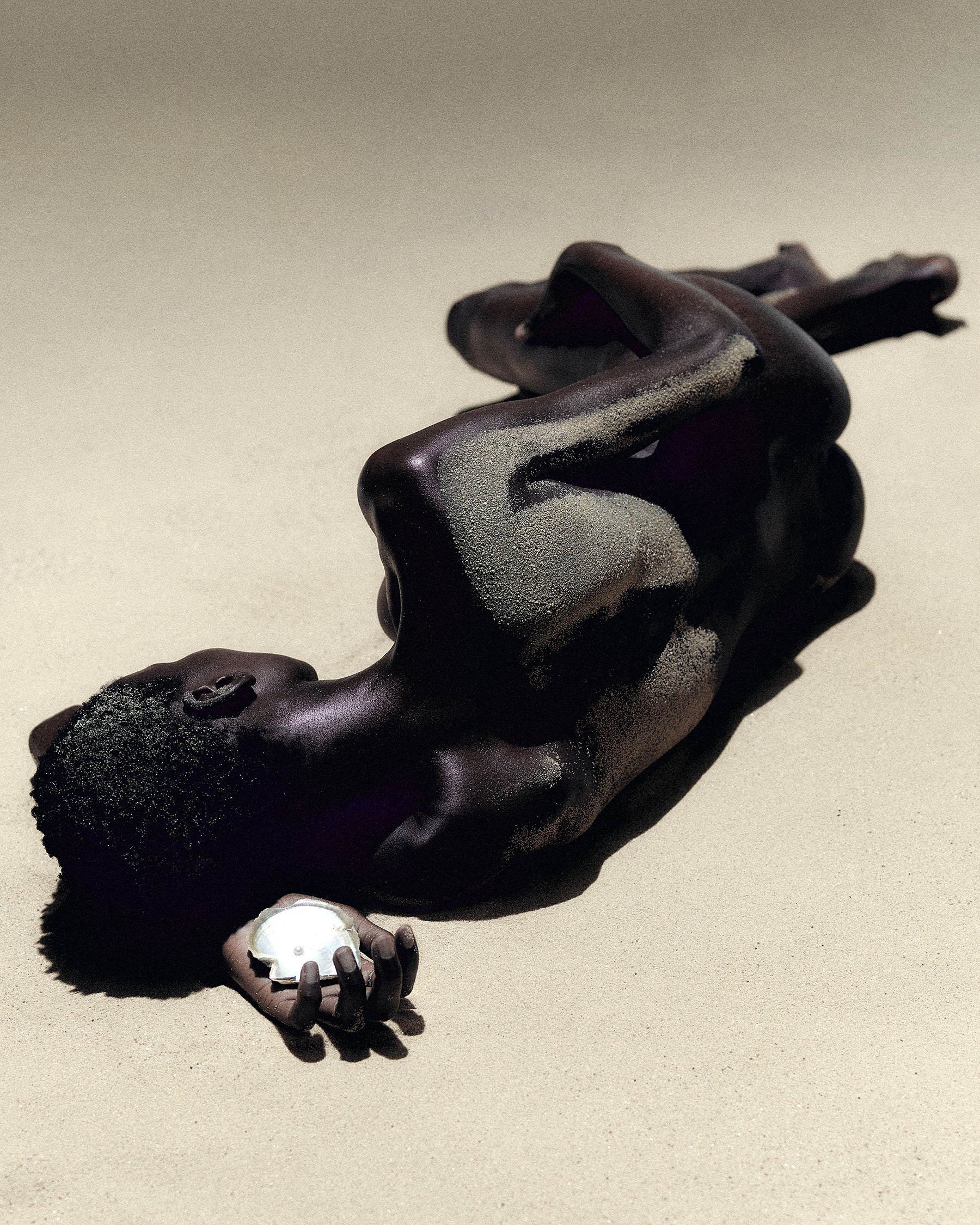


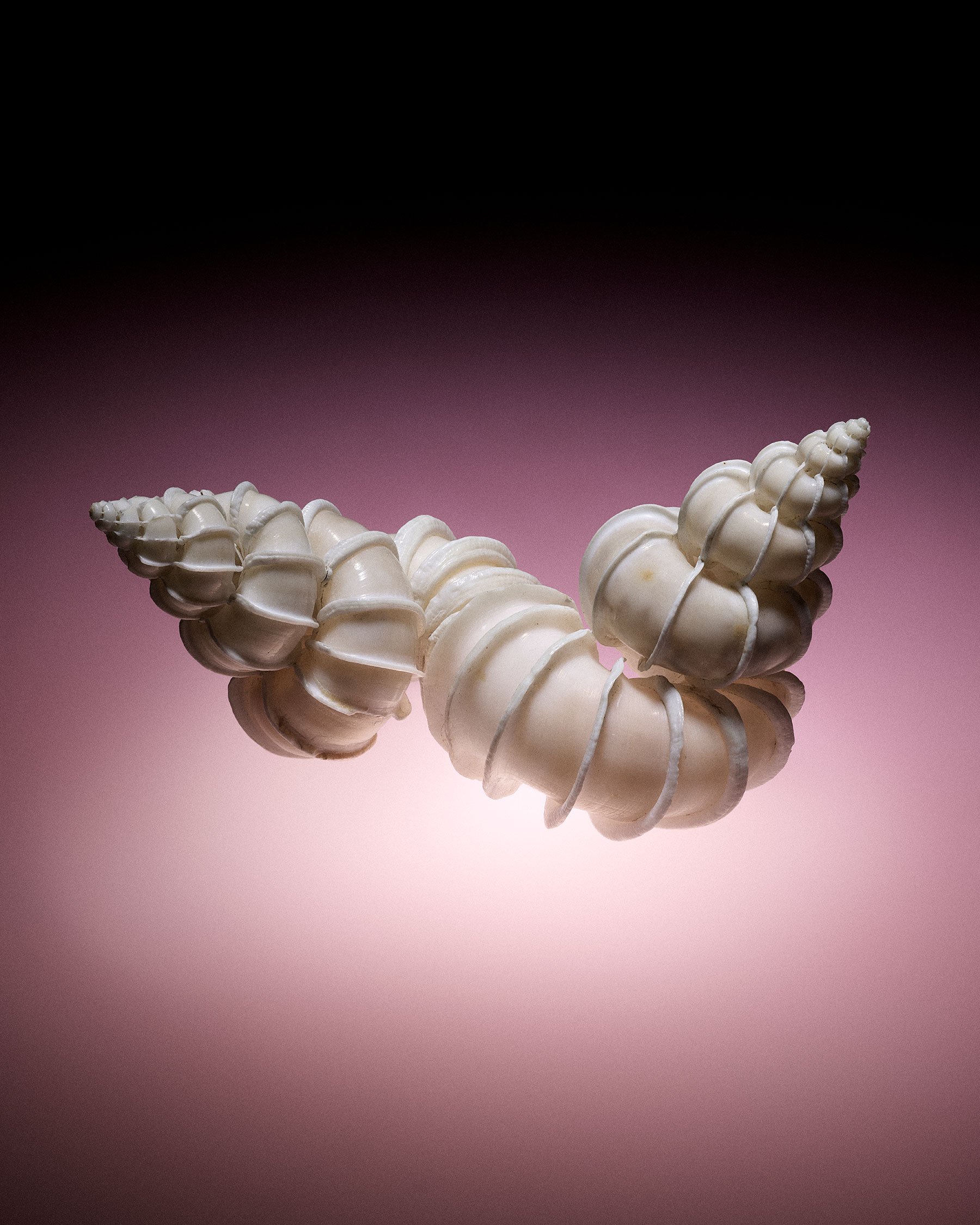
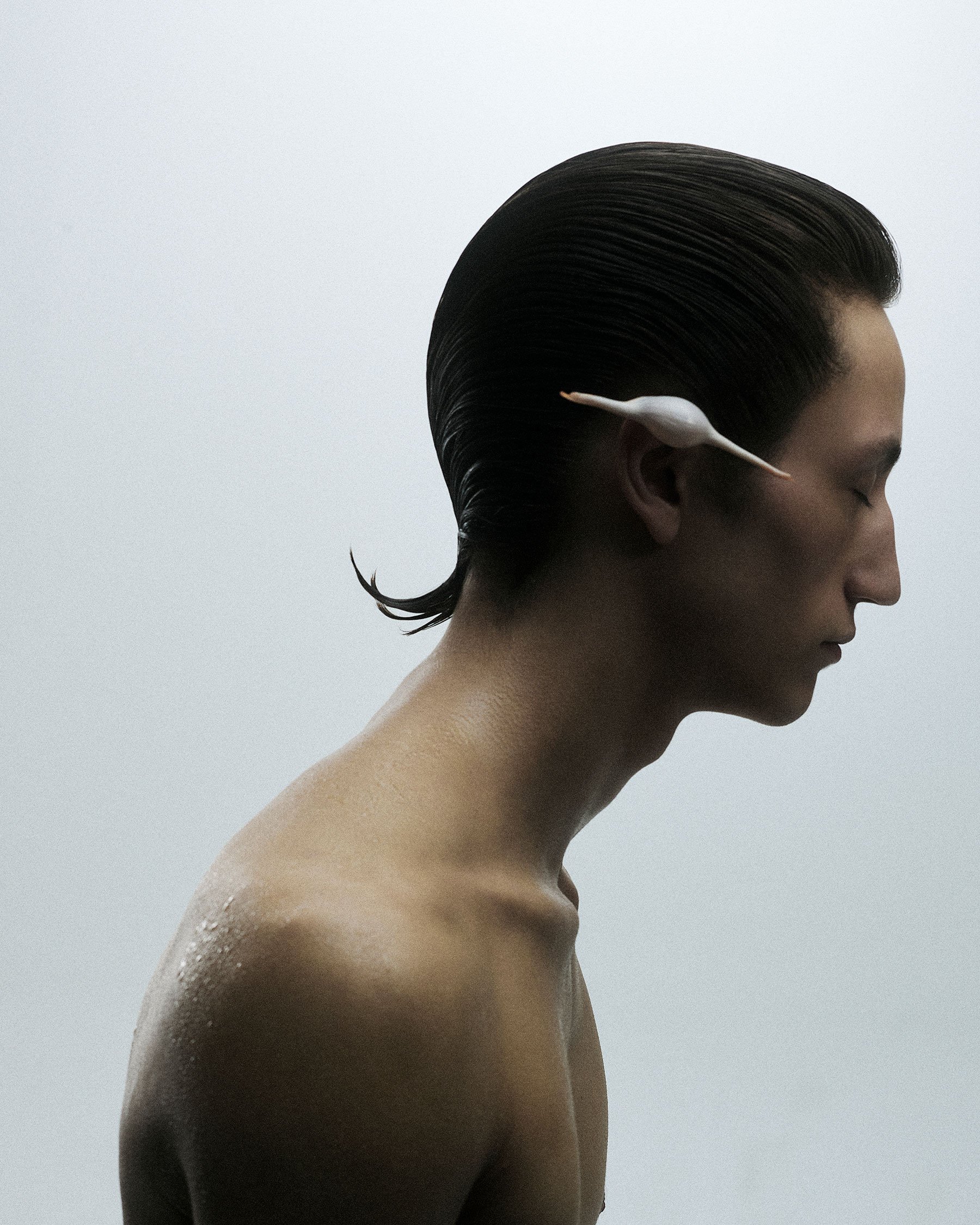
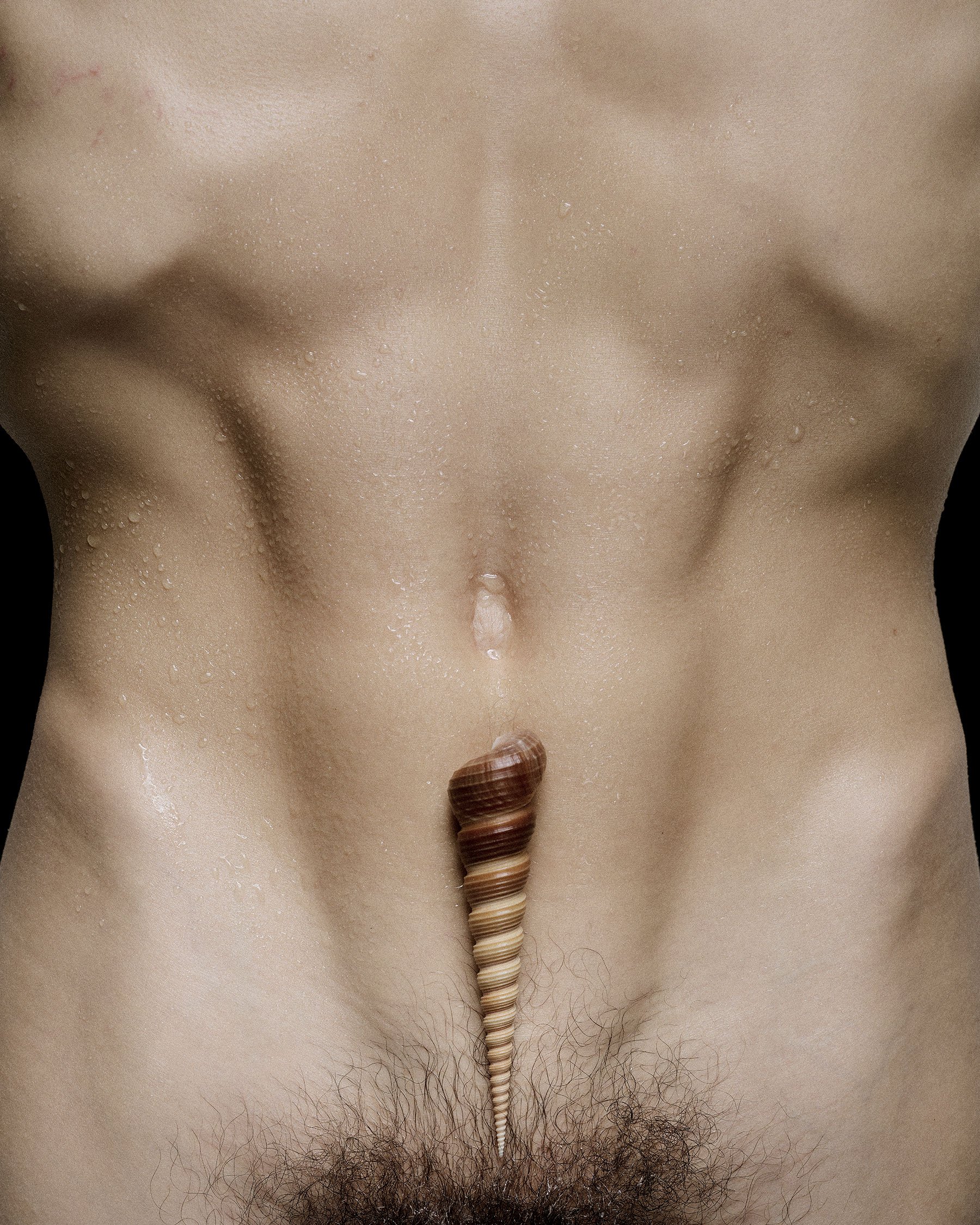

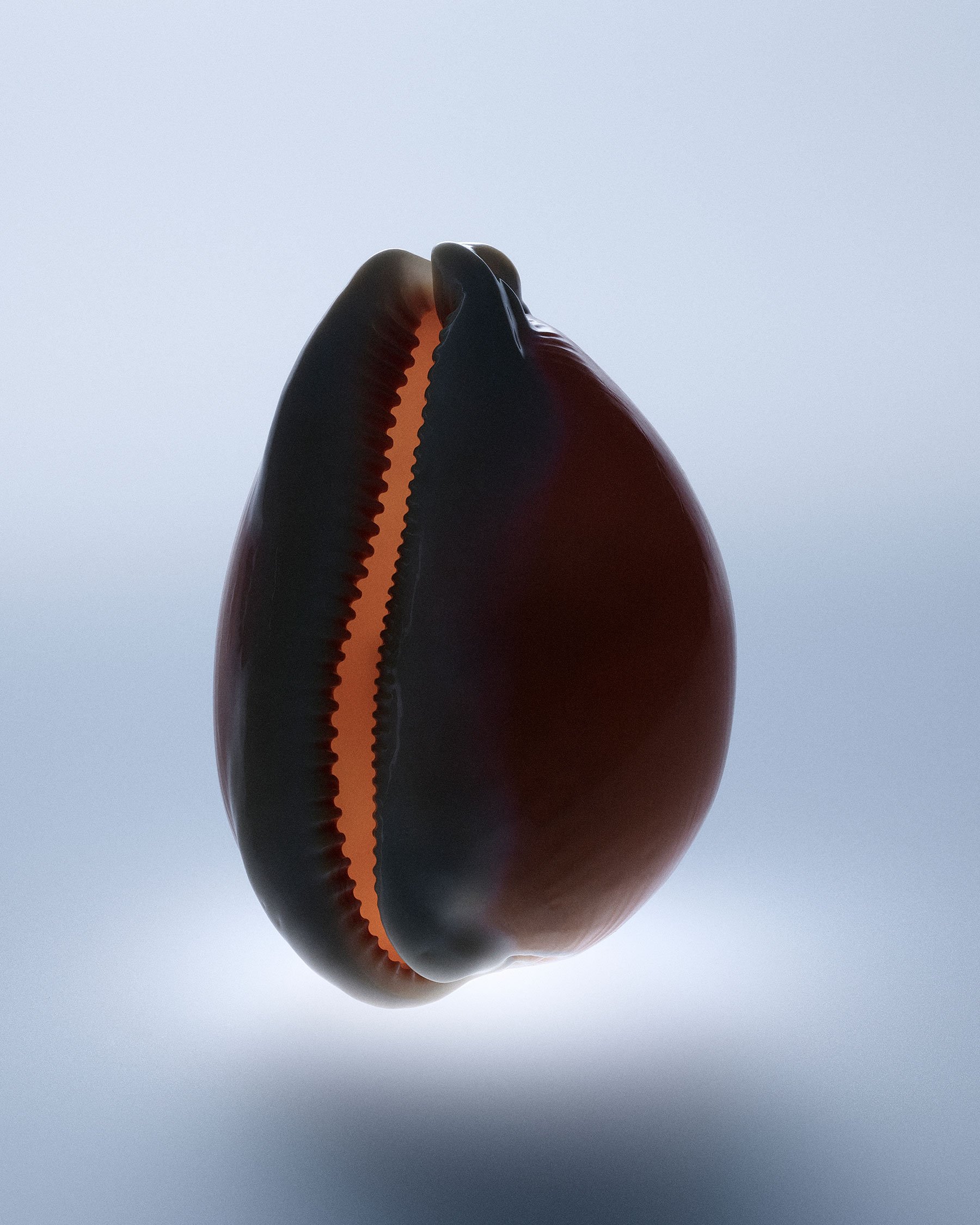
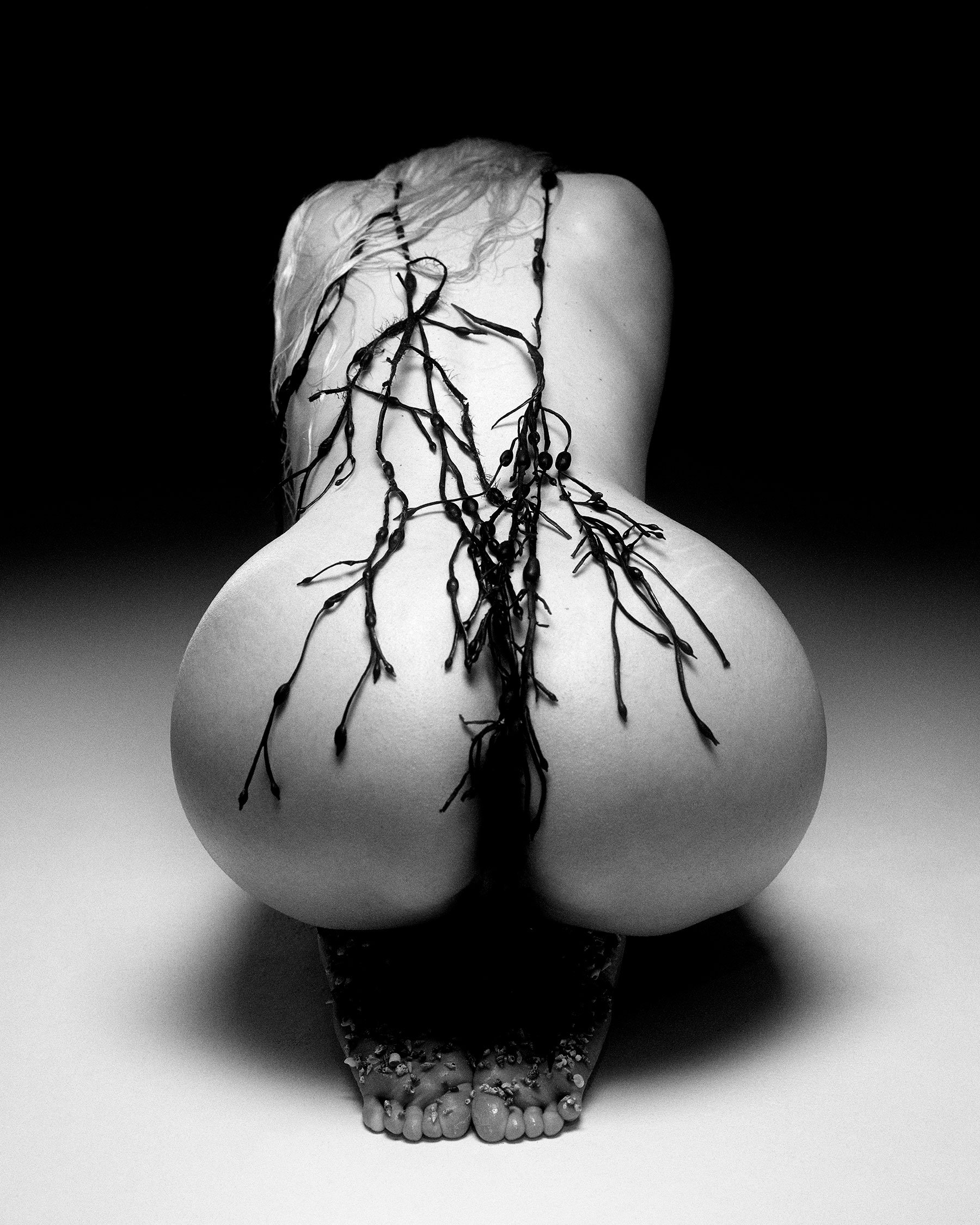
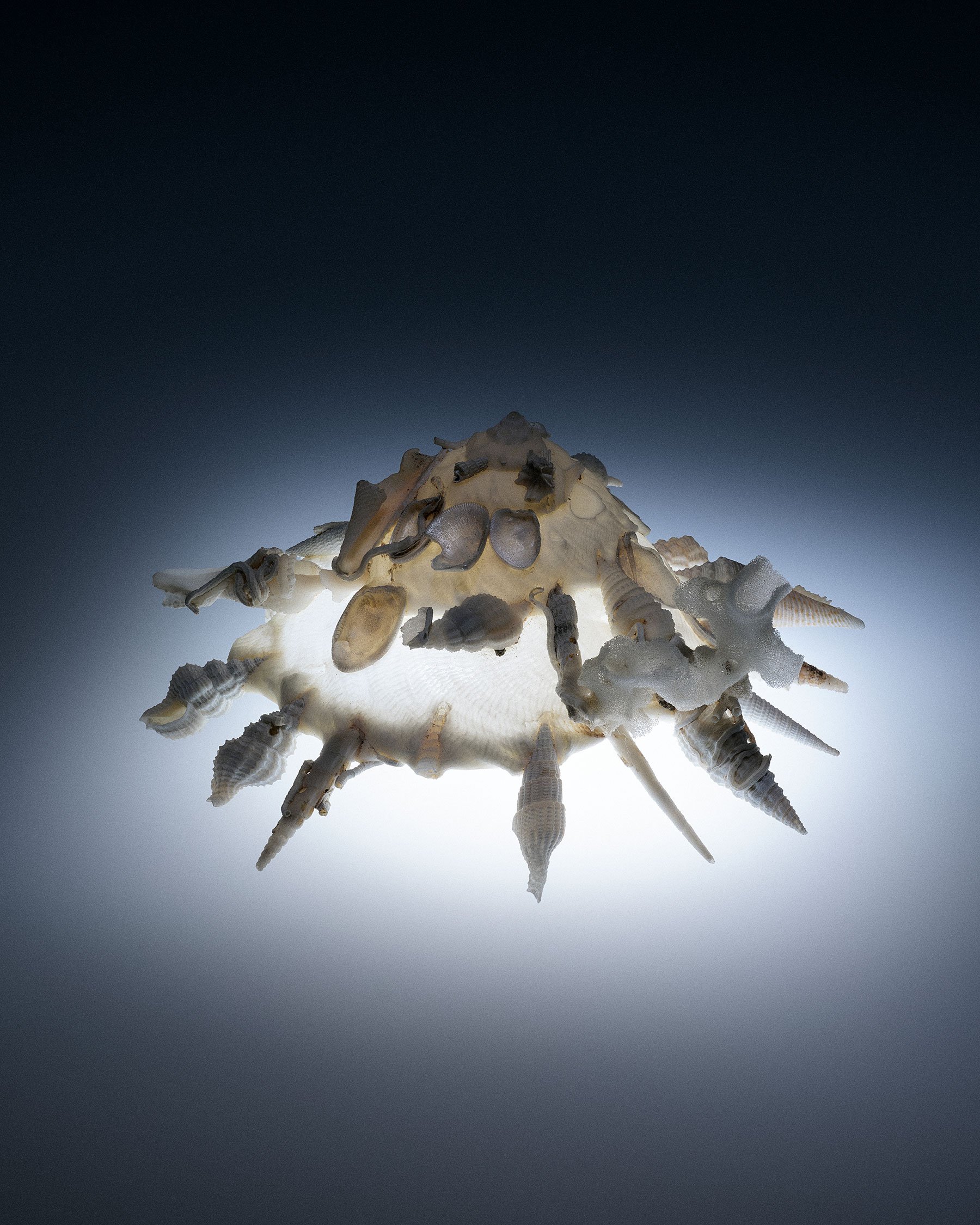
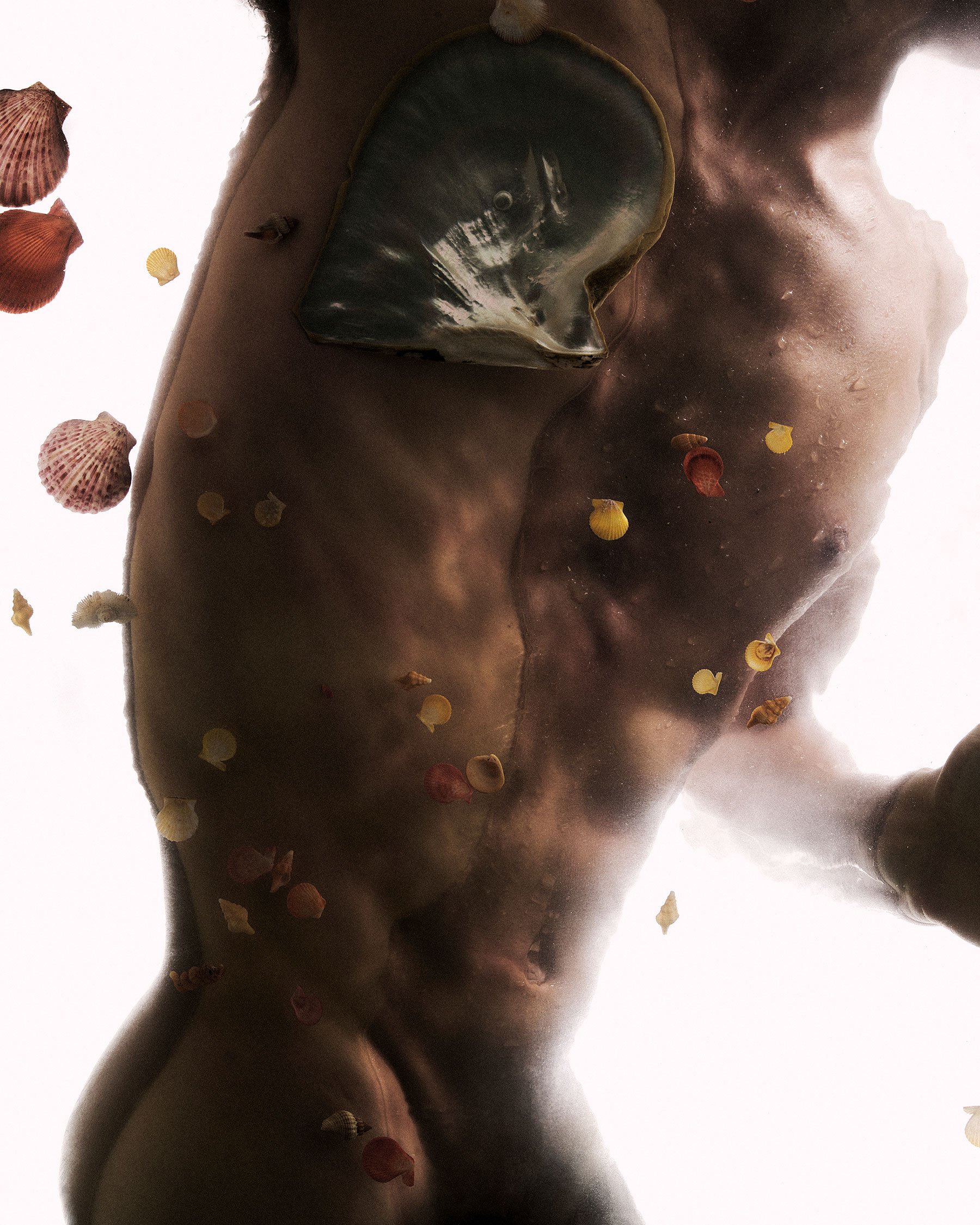
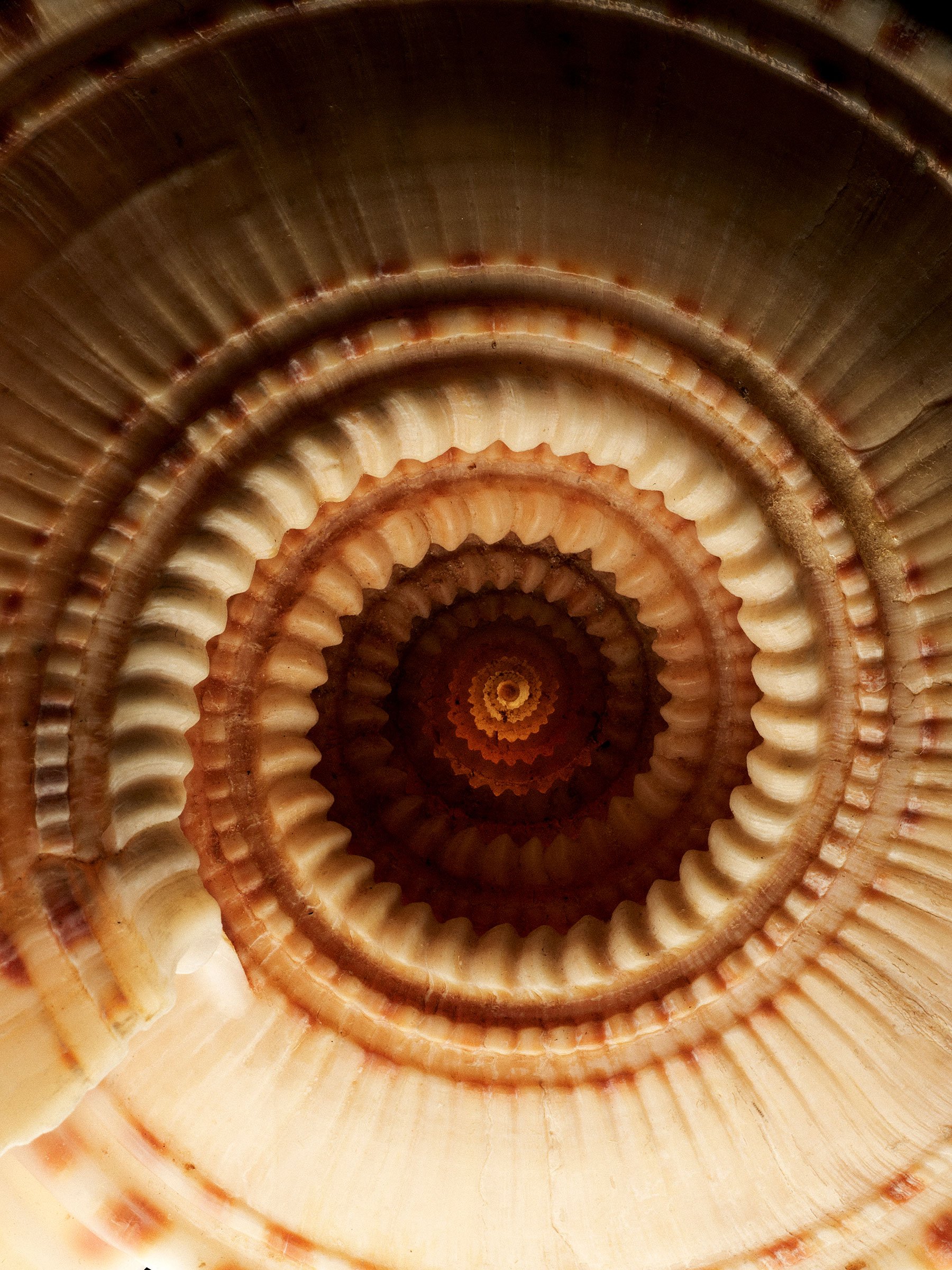
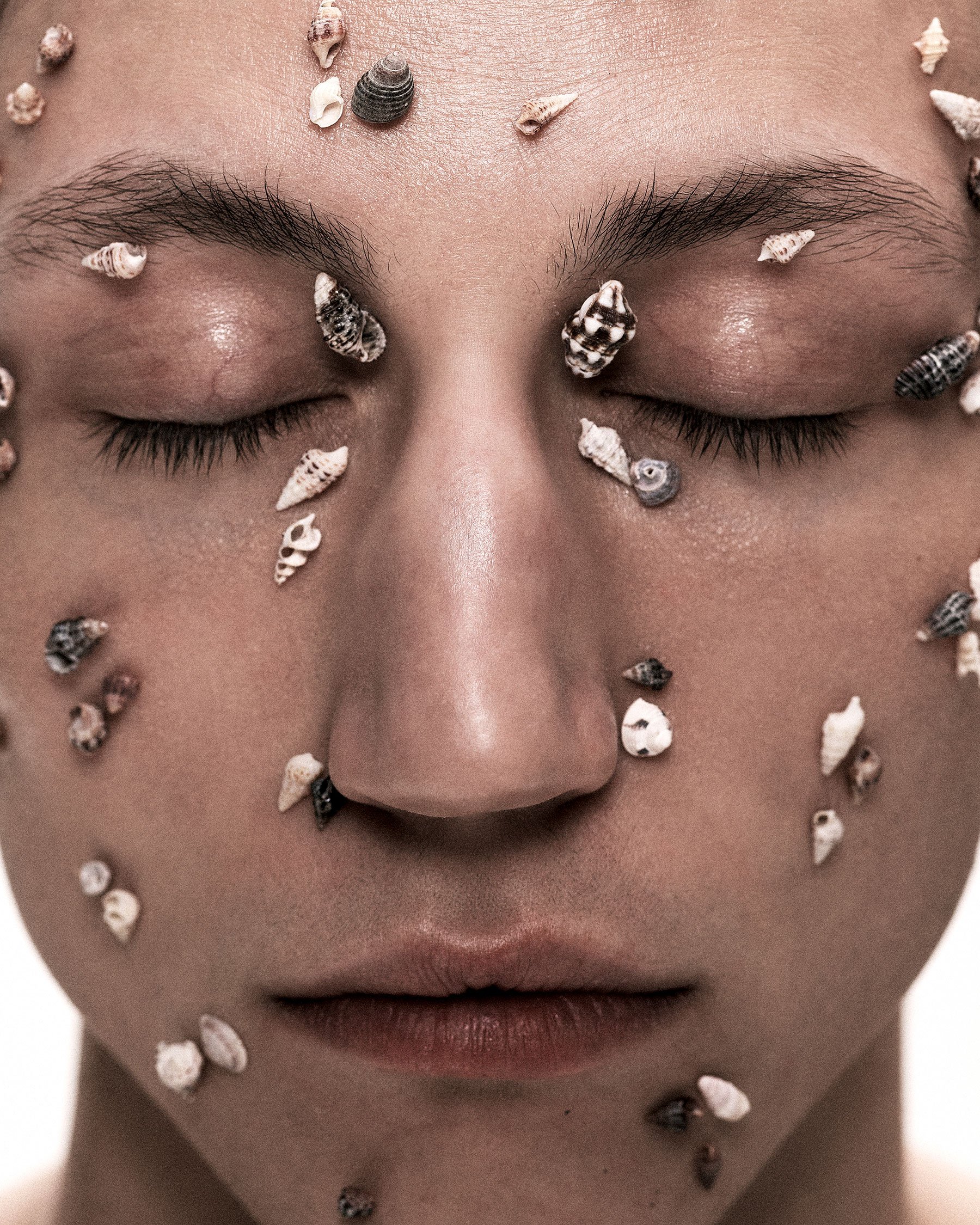
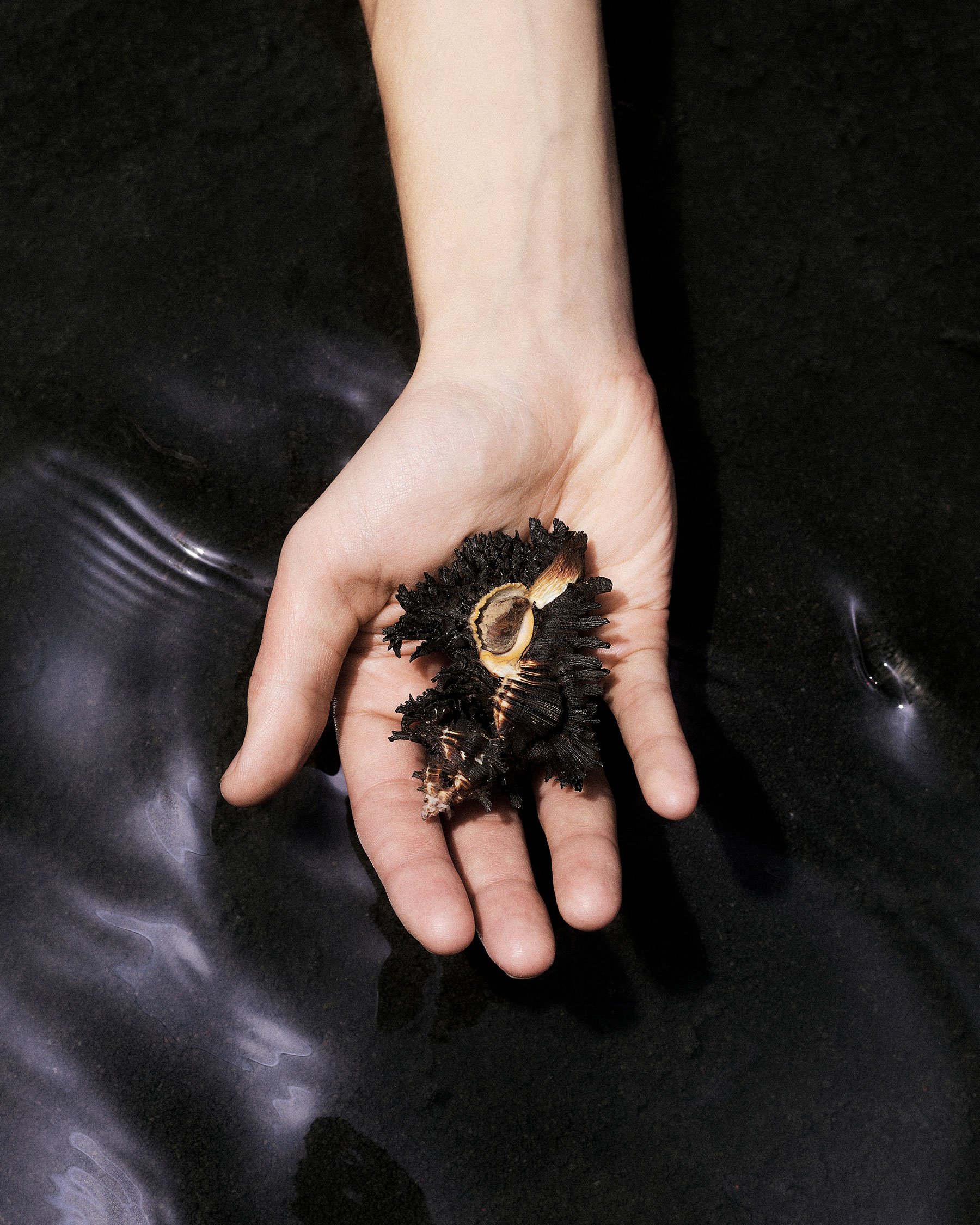
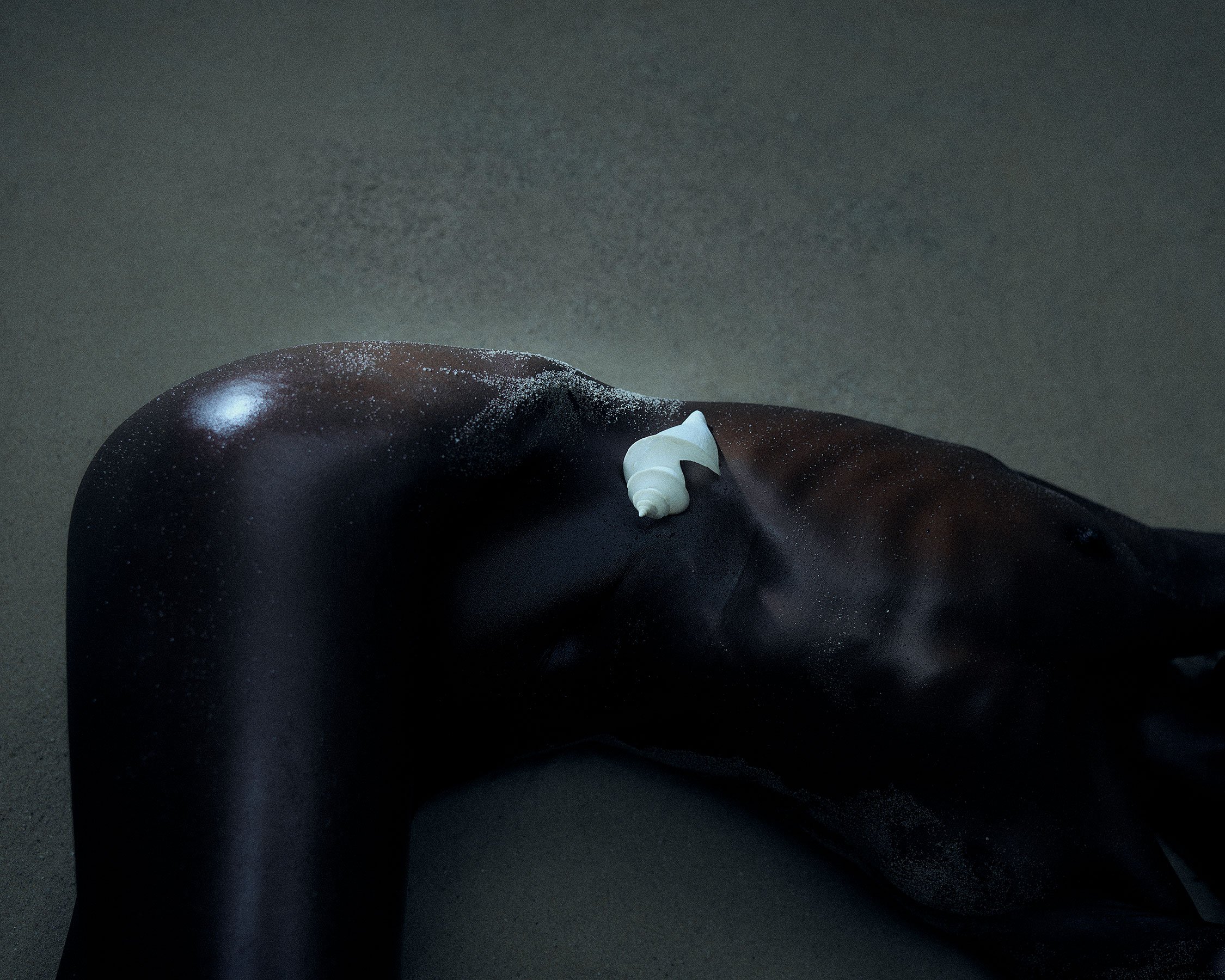
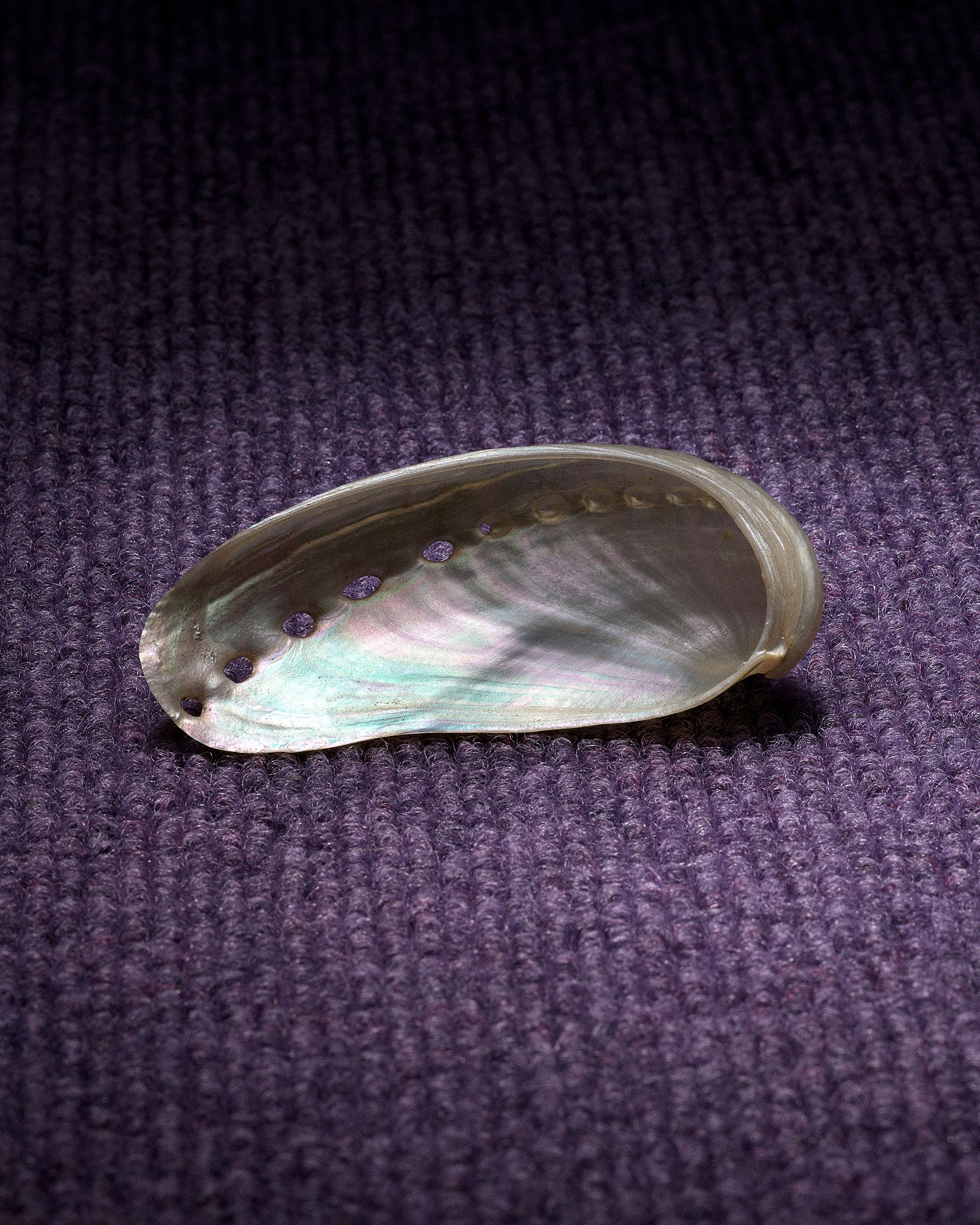
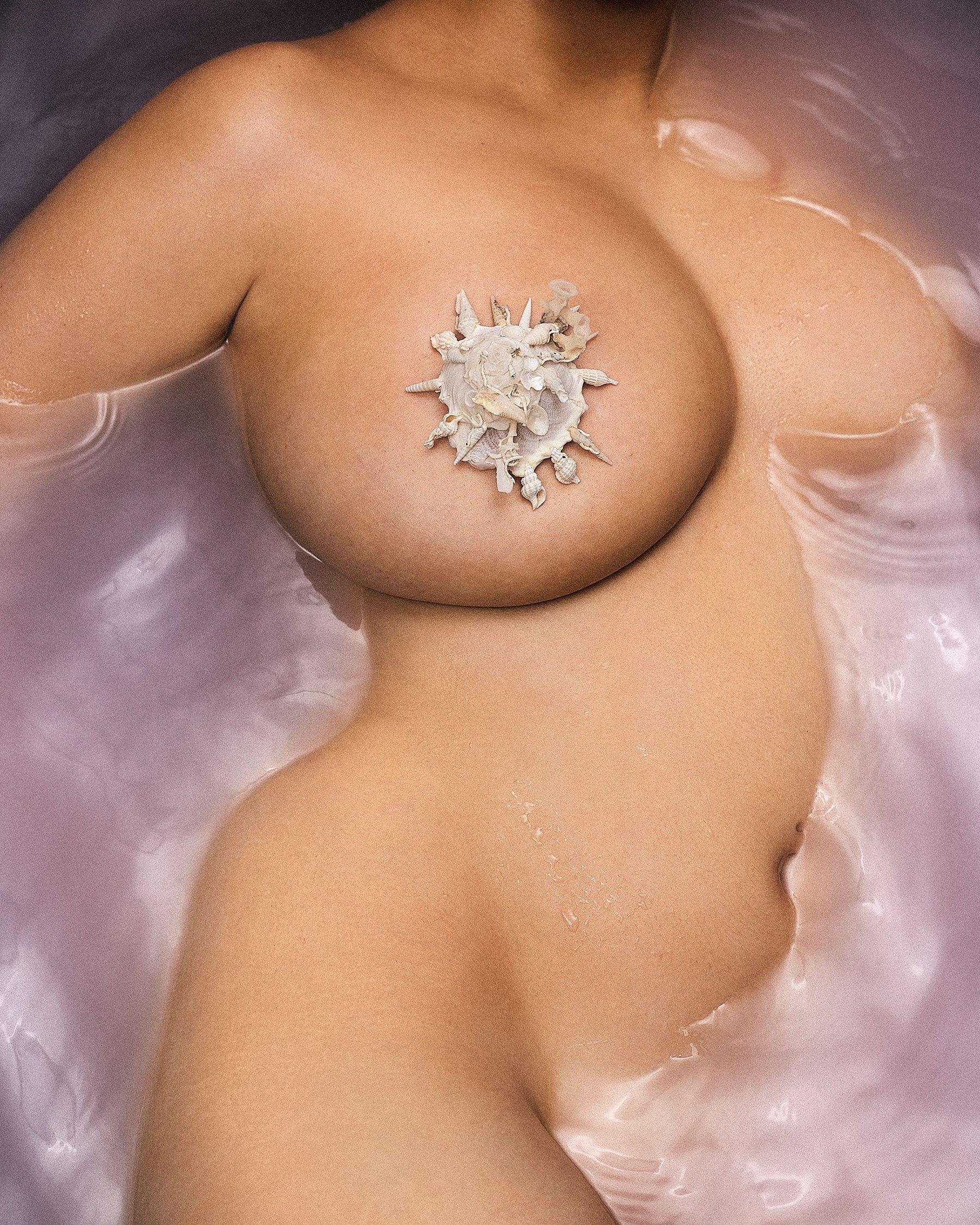
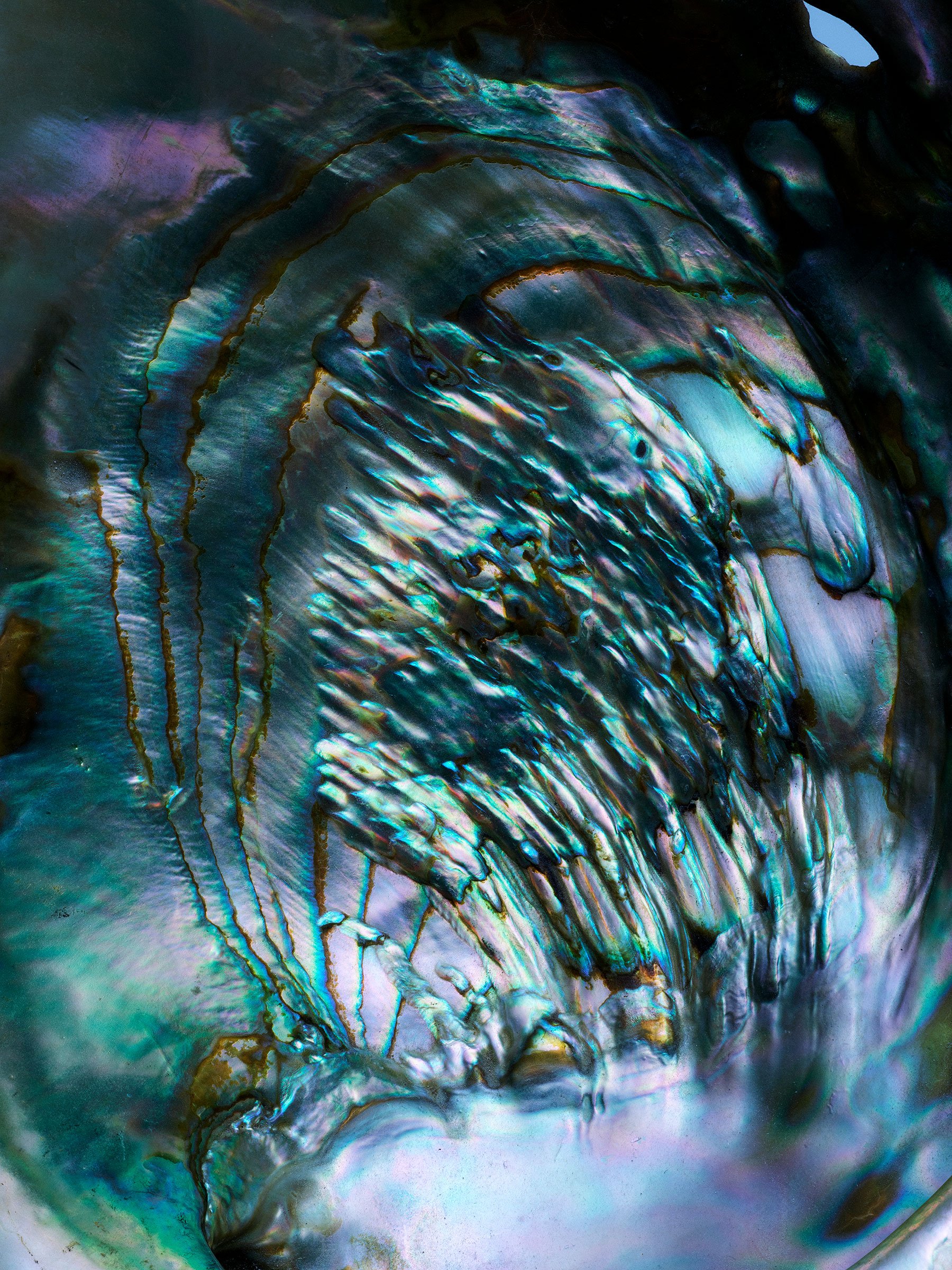
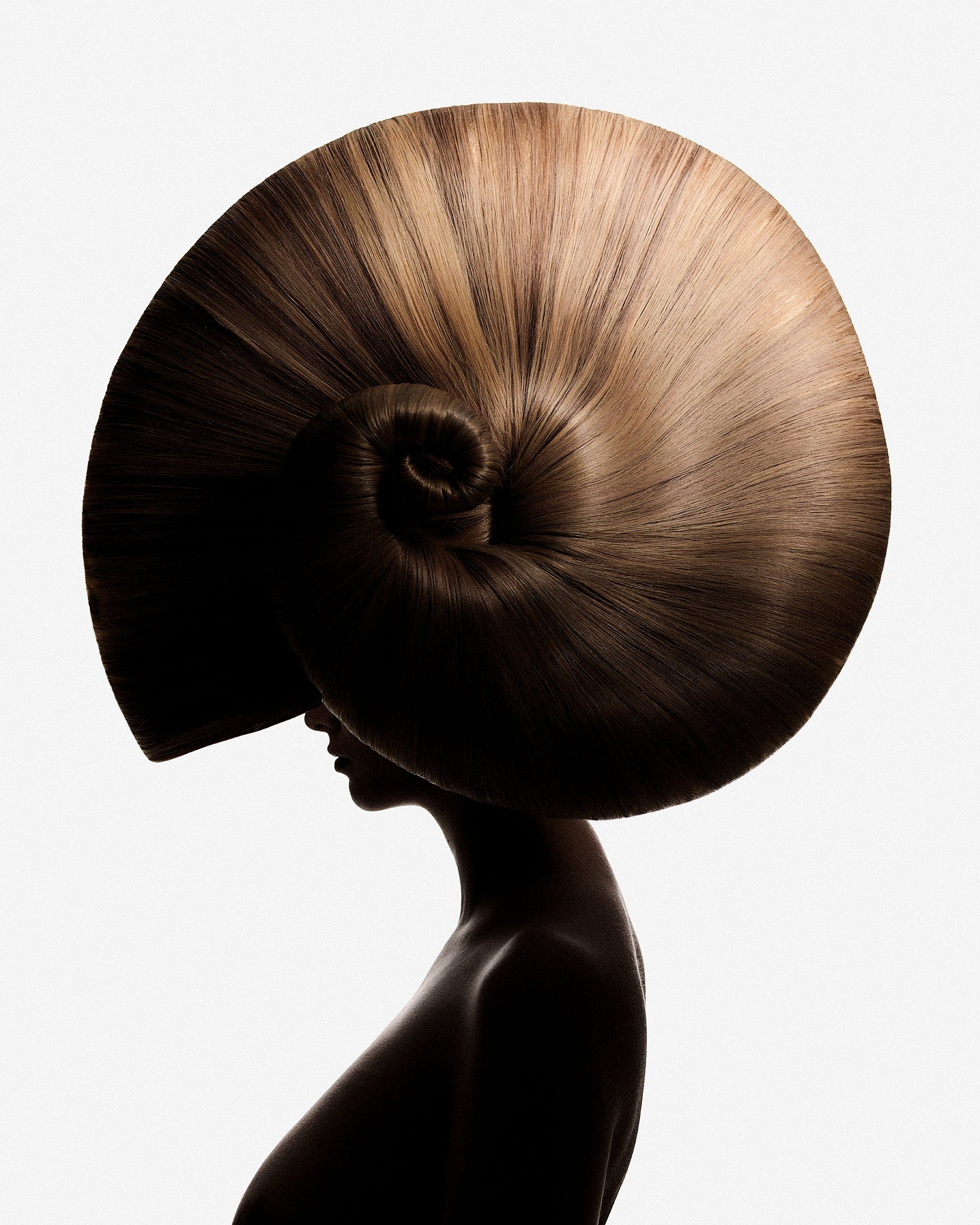
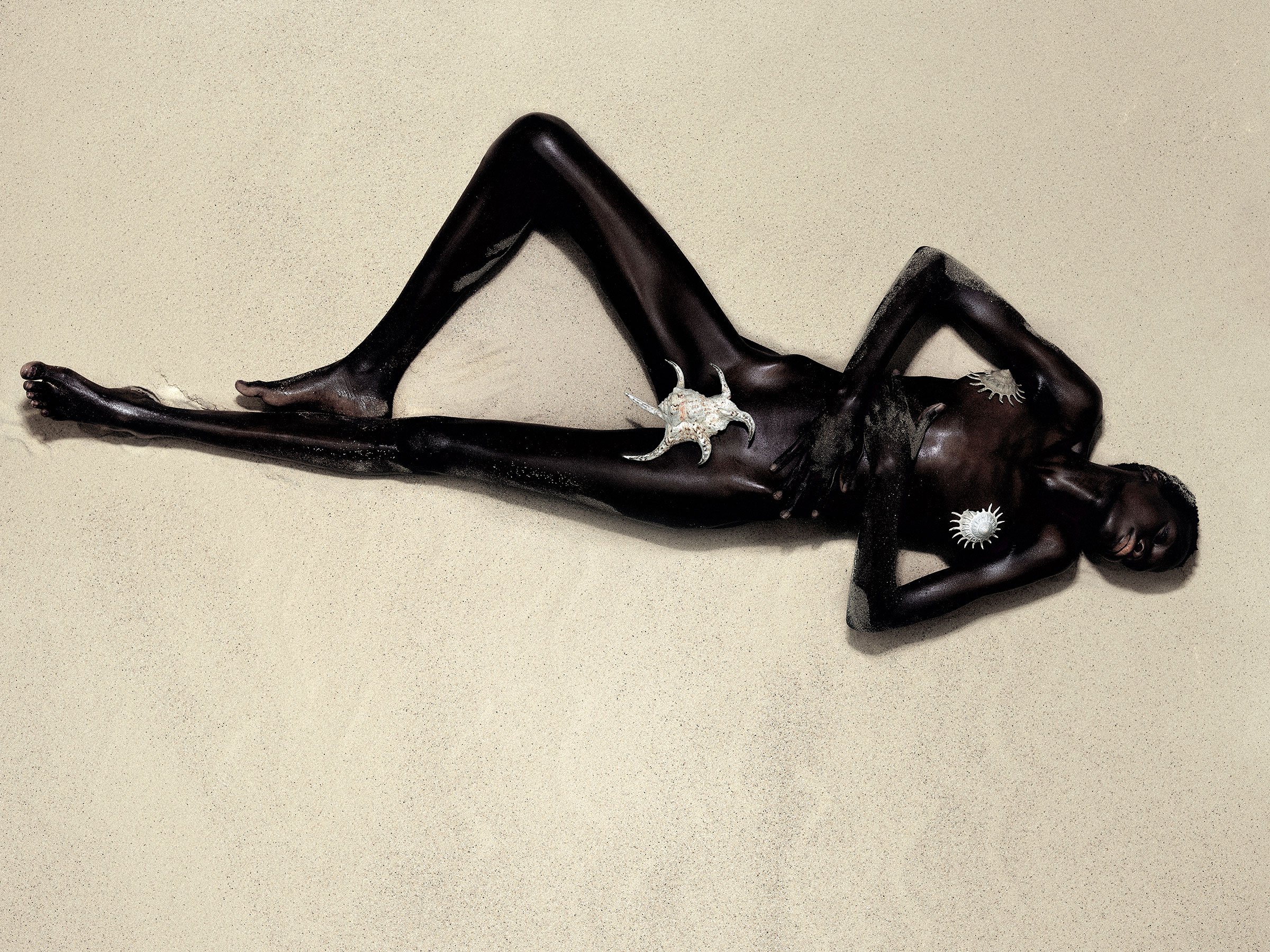
More than eighty percent of our ocean is unmapped, unobserved and unexplored by humans. A far greater percentage of the moon and Mars have been both mapped and studied than our ocean floor. Molluscs are the largest marine phylum and with over 85,000 recognised living species, the shells that they excrete are vastly diverse. These creatures have been historically important to humans in many ways, whether used as food, for currency, jewellery or even musical instruments. Now, as our waters become more acidic due to levels of carbon dioxide in the ocean, the shells that are washing up on our shores are frailer and thinner. Inspired by the complex patterns, sculptural shapes and interesting properties of molluscs, photographer Conor Clinch has brought to life a series of captivating images of shells from The Natural History Museum in London. Growing up, Clinch found a love for creating underwater seascapes and was captivated by the colour and tranquillity that emanate from them. At the age of fourteen, he bought his first camera with the aim to photograph the species in his small home aquarium. Skip forward thirteen years and he has built a name for himself in the world of image making, with an impressive client list of commercial brands and publications. SANCTUARY explores the unique and diverse world of molluscs, through Clinch’s perspective as a fashion photographer.